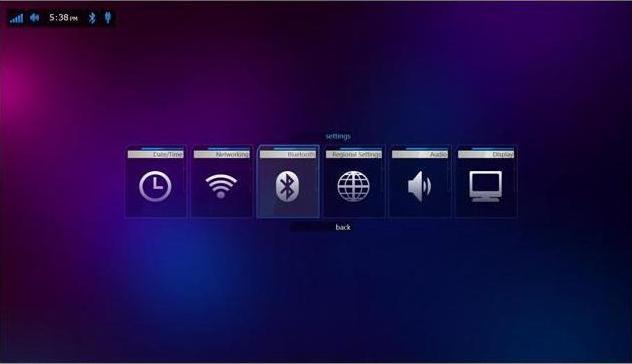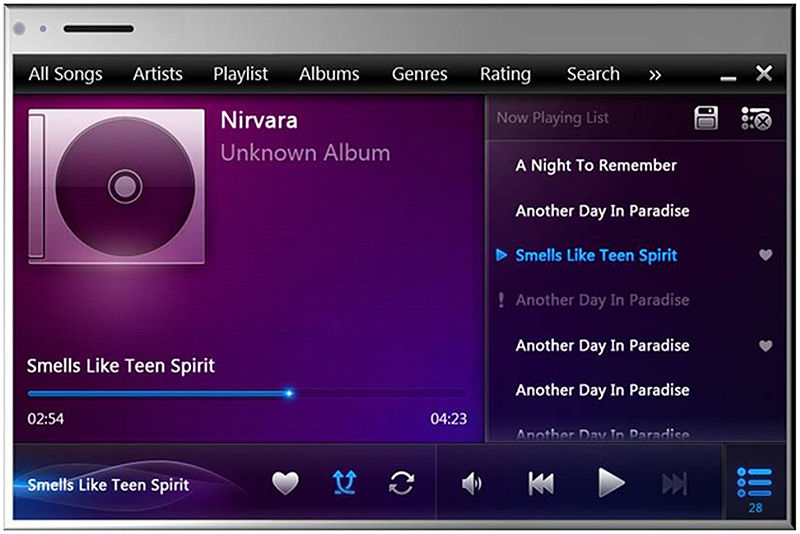| Introduction | ||||||||||||||||||
| It’s amazing user experience. New Windows Embedded Compact 7 an operating system announced by Microsoft this year is a challenge to the Device developers for a fast time to market as it is changing faster than most companies can keep up with. A majority of OEMs and developers find themselves chasing technology which is an approach guaranteed to frustrate. Windows Embedded Compact 7 gives a connected experience to the users, rich user experiences and a highly reliable platform being the seventh major release of Windows Embedded CE Operating System. This RTOS designed to target enterprise specific tools like industrial controllers and consumer electronics devices such as GPS systems, digital cameras and also custom embedded systems. This is a significant update with an updated network stack, updated kernel, better integration with Windows 7 device technologies and lots more. This new version of Windows Embedded Compact 7 doesn’t have any major architectural changes as found while comparing WinCE6.0 and WinCE5, in terms of Kernel support and device drivers etc. However, here are some features that predominantly distinguish Windows Embedded Compact 7 (WEC7) from WinCE6 and to know how this new version of WEC7 is edge over its previous versions: | ||||||||||||||||||
| ||||||||||||||||||
| 1) User Interface options on Windows Embedded Compact 7 with Silverlight and the Windows Embedded Silverlight Tools (WEST): WEC 7 Development tools have provided what WinCE 6.0 was lacking for instance, an extensible UI framework and the advanced Interaction options along with richer graphics with Silverlight 3.0 for evolving customer expectations. WinCE 6.0 has a limitation while using Silverlight for Embedded, first released in WinCE 6.0 R3, which is now updated to support Silverlight 3 constructs and is accompanied by a powerful development tools that eases the integration work to hang in the C++ code behind. WEC 7 gives consumers the ability to share and manage content across networked devices with Digital Living Network Alliance, such as new HDTVs, and a new media library. | ||||||||||||||||||
| ||||||||||||||||||
| 2) Multi-Touch and Custom gesture support: Some of the new features included in WinCE 7 are advancements in rich user experience with Multi-touch and custom gestures integrated into the browser. The touch screen can operate in a range of different modes with WinCE7 driver ported on the hardware giving the ease of interacting with the device. With the number of simultaneous touch events users can as well experience custom gesture functionality. What OEMs can do is, customize the browser application to match the shell to their entire experience and by changing its markup with an expression blend. | ||||||||||||||||||
 Fig3: Custom Gesture on WEC7 | ||||||||||||||||||
| 3) Internet Explorer 7 including support for Adobe Flash 10.1: This latest Windows CE version uses IE7 rendering engine with Flash 10.1 provides support for tabs, panning and zooming giving rich desktop browsing experience and natural touch input. This allows viewing flash elements to enjoy the features while browsing rich Web 2.0 content with streaming video on websites making the interface more interactive, like the browser control with IE7 rendering control surrounded with Silverlight Windows embedded application that allows developers to build highly interactive devices. | ||||||||||||||||||
| 4) Features for hardware manufacturers and developers: One of the most wonderful features in this release is kernel support for 3GB physical RAM and also supports ARMv7 assembly. Windows Embedded Compact 7 provides resources to help bring high-performing, highly reliable and differentiated specialty devices to market quicker with support for multi-core and the latest asset relationship management-based architecture and tools, including Platform Builder, Visual Studio, Expression Blend and Silverlight for Windows Embedded. | ||||||||||||||||||
| 5) Enhanced Media player with added Codecs: In addition to default rich GUI media player, users can customize the players using the code to change the look and feel. Improved compression formats like mp4 and 3gp along with the user’s experience with popular usage models like video playback, video conferencing, video telephony, and digital TV are in with Windows Embedded Compact 7. | ||||||||||||||||||
| 6) Simplified access to info through Exchange 2010 AirSync: This brings up an unparalleled Wireless technology to the devices making it easier to connect to corporate e-mail, calendar and contacts over enterprise networks through Microsoft AirSync and Microsoft Exchange, as well as to Microsoft Office and Adobe PDF viewers to access important documents, and to Windows 7 Device Stage to transfer data and media between PCs and devices. Synchronizes data using a direct connection with an Exchange Server that uses an Ethernet connection, this includes wireless and Ethernet cable connections. | ||||||||||||||||||
| 7) OS support for multi-core processors: Windows Embedded Compact is designed to run on multiple CPU architectures and supports x86, SH (automotive only) and ARM. From a technical perspective this new OS supports multi-core processors, ARM VFPU and NEON instructions and provides support and commitment from ARM to Microsoft’s Windows CE, giving a boost to Windows Embedded CE in a market place where more or less each device has one or two arm controllers inside. The new kernel also supports ARMv7, but as a tradeoff, ARMv4 support is dropped by WEC 7. | ||||||||||||||||||
| 8) Advanced Networking Stack: Windows Embedded Compact 7 advanced networking stack is inspired from Windows 7 along with seamless connectivity options to PC and the Internet improved sync up with office products is an USP of the latest offering. | ||||||||||||||||||
9) Highlights:
| ||||||||||||||||||
| ||||||||||||||||||
| About e-con Systems | ||||||||||||||||||
| e-con Systems is an embedded product development services company focused on end-end product development. e-con Systems has expertise in mobile processors such has PXA270, PXA300, PXA320, AU1250 and has been using its product engineering services to help customers on development of products such as Industrial data loggers, handheld platforms like Digital signage, Industrial Controllers, HD Camera solutions, Point of Sale terminals and Reference platforms with Windows CE 6.0/5.0/Linux/Android,digital picture frames, point of sale terminals, handheld single board computers etc.Besides this, e-con provides systems integration services such as Windows CE or Linux BSP porting solutions and device driver development. Also e-con's design services have been used by customers across the globe for hardware design of their products. e-con Systems, acknowledged by Microsoft as Windows Embedded Gold Partner has 10 MCTS professionals and a sole MVP in South Asia, giving a sought after support with work experience ranging since WinCE 3.0 offering services like Hardware Design, Firmware design / Embedded Software development, Board Design, Linux, WinCE/Windows Mobile and VxWorks - Board Support Packages, in various product domains such as Wired/Wireless Networking, Consumer Appliances, Medical and Process Control Applications, Video streaming, Bio-metric security and Surveillance Applications etc with OS focus on Windows Embedded CE/Linux/Android. |
Windows CE 6.0 vs 7.0
Thứ Ba, 20 tháng 9, 2011 / 10:09
Nhãn:
WinCE
Chia sẻ cảm nhận của bạn
Đăng ký:
Đăng Nhận xét (Atom)


0 nhận xét:
Đăng nhận xét